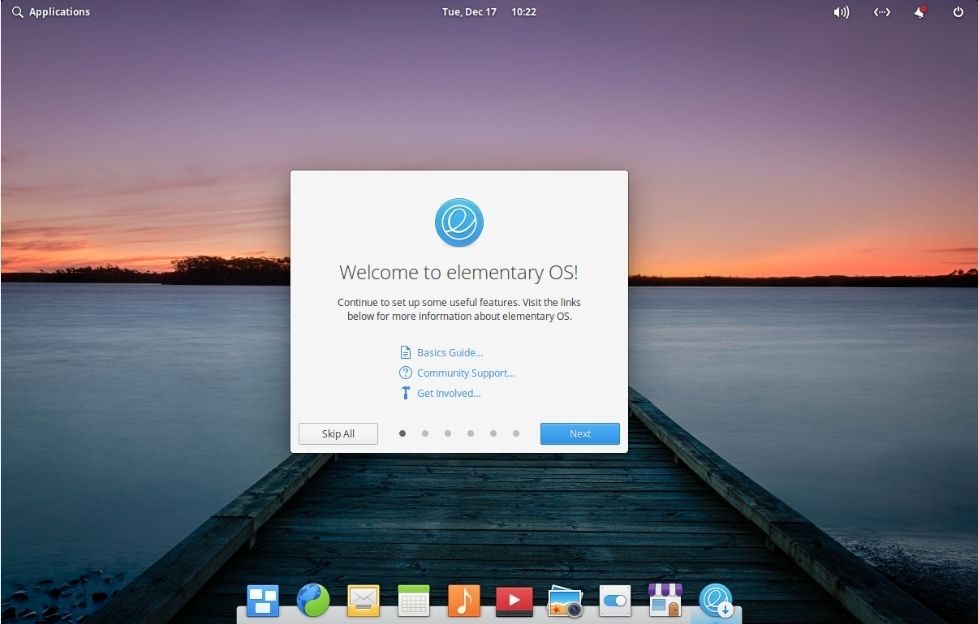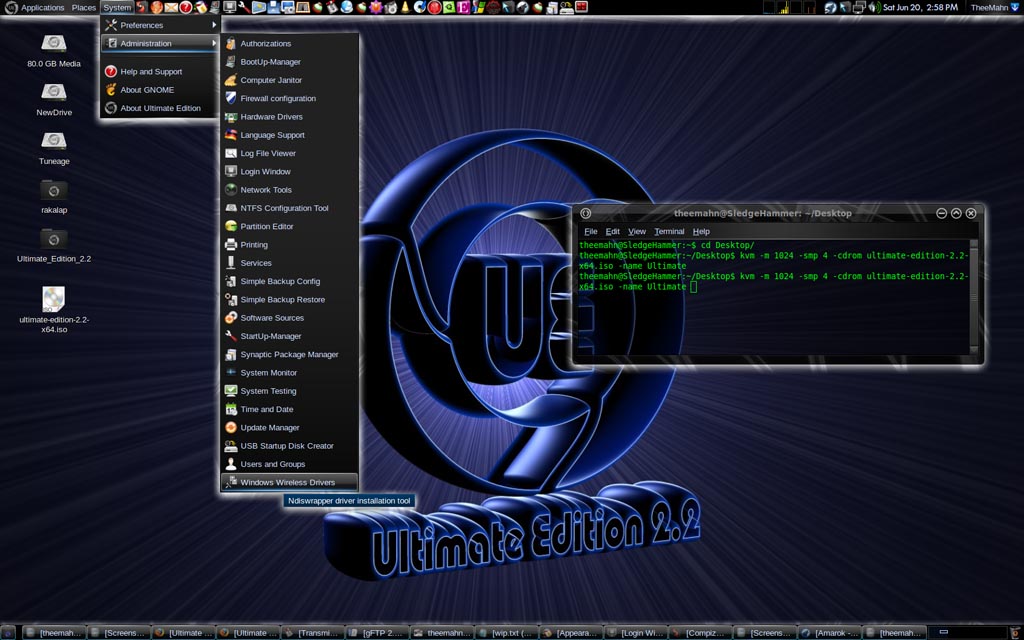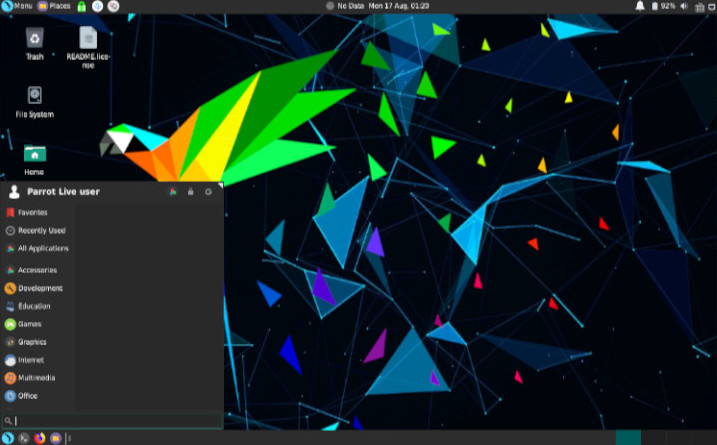


University of North Carolina at Chapel Hill On standard systems, UEFI systems, and systems with Secure Boot In either case, the resulting CD/DVD or USB flash drive will boot
"dd" it to a USB flash drive to make a bootable flash drive. burn it to CD/DVD to make a bootable CD, or. PXE-booting Fatdog is easy - only two files are FatdogĬan store its settings in your existing partition: FAT,Įxt2/3/4, NTFS partitions are supported, as well as CIFS sharesĪnd LVM and mdadm partitions on your harddisk, USB flash drive, 
Installation requires * no* re-partitioning.
File sharing servers (Samba, FTP, HTTP)Īnd many more pre-installed, with more in its package repositories.įatdog is versatile: use it as a Live CD (or Live USB), or. Remote connection clients (RDP, VNC, SSH). Universal HTML email client (Seamonkey Mail). Seamonkey browser (Gecko-based like Firefox). While still keeping true to Puppy Linux spirit: small, fast andĪt around ~450MB, Fatdog boots up to a complete desktopĮnvironment ready for use. Originally created as a "fatter" (=moreīuilt-in applications) derivative of Puppy Linux,įatdog has grown to become an independent, mature 64-bit Linux distribution Fatdog64 Linux is a small yet versatile 64-bit multi-user Linuxĭistribution.










